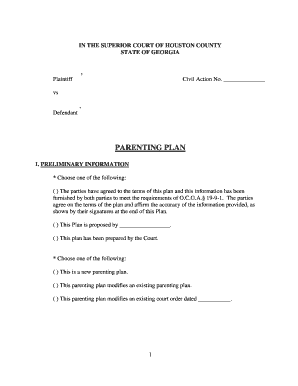Balancing Therapy Time: Direct Practice vs. Paperwork

Managing therapy sessions in speech and language therapy often involves a delicate balance between direct client interaction and the essential administrative tasks that keep practices running smoothly. The importance of this equilibrium cannot be overstated, as it impacts both therapist well-being and client outcomes. In this comprehensive guide, we will explore strategies for optimizing both therapy time and administrative efficiency.
Understanding the Importance of Therapy Time

Therapy sessions are the heart of speech and language therapy. The direct, interactive time spent with clients is where progress is made, relationships are built, and skills are honed. Here’s why optimizing this time is crucial:
- Client Progress: The more time therapists can devote to their clients, the more opportunities there are to work on communication goals, adapt techniques, and implement personalized strategies.
- Therapist-Client Relationship: Building rapport requires face-to-face interaction, which is the foundation for effective therapy.
- Efficiency: Well-structured therapy sessions save time by focusing on targeted outcomes, thus allowing for more clients to be seen.
Strategies for Managing Paperwork Efficiently

Paperwork is an unavoidable part of the therapy process, but with the right approach, it need not overwhelm:
- Use of Technology: Invest in therapy management software to automate scheduling, billing, and progress tracking.
- Batching Tasks: Set aside specific times to handle all paperwork at once rather than trying to do it piecemeal.
- Delegation: Where possible, delegate tasks to administrative staff or use virtual assistants.
💡 Note: While automating processes can save time, it's essential to ensure that these tools still allow for personalized client notes and flexible scheduling.
Time Management Techniques

Balancing therapy sessions with paperwork requires effective time management:
| Technique | Description |
|---|---|
| Time Blocking | Reserve specific blocks of time for different tasks (therapy, admin work, personal time). |
| Pomodoro Technique | Work in short, focused bursts (usually 25 minutes) followed by a short break. |
| Eisenhower Matrix | Prioritize tasks based on urgency and importance to manage workload effectively. |

Maximizing Direct Client Interaction

To maximize the time spent on therapy, consider these tips:
- Prepare in Advance: Plan your sessions ahead to minimize prep time.
- Utilize Parent/Caregiver Involvement: Train parents or caregivers to assist in therapy, thereby extending the impact of your direct time.
- Session Structure: Keep sessions structured yet adaptable to ensure all planned activities are covered.
Adapting to Client Needs

Flexibility in adapting therapy sessions to client needs can also enhance efficiency:
- Needs Assessment: Regularly assess and reassess client needs to tailor therapy sessions more effectively.
- Feedback Loops: Establish feedback mechanisms with clients to adapt therapy on the fly.
- Teletherapy: Use teletherapy when appropriate to reduce travel time and increase session availability.
Balancing therapy time with administrative tasks is a dynamic process that requires ongoing refinement. By optimizing both direct client interaction and administrative efficiency, therapists can provide high-quality therapy while managing their workload effectively. This balance not only enhances therapist job satisfaction but also improves client outcomes by ensuring that the time spent in sessions is meaningful and focused.
How can I ensure my clients don’t feel neglected because of administrative tasks?

+
Ensure that clients feel valued by keeping them updated on progress, scheduling regular check-ins, and using efficient administrative tools to minimize paperwork intrusion during therapy time.
What are some good time management apps for therapists?

+
Some recommended apps include Toggl for time tracking, Asana for task management, and SLP Toolkit for speech therapy-specific administrative tasks.
How do I handle unexpected scheduling changes effectively?

+
Maintain a buffer in your schedule for emergencies, communicate changes proactively, and utilize digital tools like Google Calendar to send automatic updates.



